'Drawing in Silver and Gold: Leonardo to Jasper Johns' opens at the British Museum
Leonardo da Vinci (1452-1519), Bust of a warrior, silverpoint on cream prepared paper, c. 1475. © The Trustees of the British Museum.
LONDON.- This collaborative exhibition with the National Gallery of Art, Washington charts for the very first time the development across Europe of metalpoint through six centuries from Leonardo to the present day. The show presents a unique gathering of around 100 of the best examples of metalpoint loaned from collections across the globe and also highlights the remarkable graphic holdings of works held in the British Museum. Spanning across centuries and countries, this exhibition is the first to look at the whole history of a technique, providing both an introduction to the medium and seeking to explain the longevity of metalpoint as an art form.
Rogier van der Weyden (1400-1464), Portrait of an unknown young woman, silverpoint on cream prepared paper, c. 1435. © The Trustees of the British Museum.
Metalpoint drawings are created with a metal stylus, most commonly made predominantly of silver, on a roughened preparation that ensures a trace of the metal is left on the surface. Forming the cornerstone of the drawing-centred education of artists from the 1400s, it was an exacting technique as the line once drawn could not be easily erased, so it demanded the artist carefully to plan their design with the narrow limited tonal range of the medium in mind. When mastered metalpoint can produce drawings of crystalline clarity and refinement, and in the hands of the greatest artists it was utilised with a spontaneity and freedom that belied its restrictions. From portraits to free sketches, print studies to botanical and topographical studies, this exhibition reveals how the portability of metalpoint allowed it to be used by artists for recording the personal and the intimate.
Raphaël (1483-1520), The Heads of the Virgin and Child, silverpoint on pink prepared paper, c. 1509. © The Trustees of the British Museum.
Drawing in silver and gold explores how the technical challenge of using the medium inspired some of the greatest drawings by artists of the calibre of Fra Filippo Lippi, Rogier van der Weyden, Petrus Christus, Leonardo, Raphael, Dürer, Baldung, Holbein the Elder, Lucas van Leyden, Rembrandt, Burne-Jones, Holman Hunt, and Otto Dix. It shows the similarities and differences in how artists north and south of the Alps used metalpoint.
Hans Holbein the Elder (1465-1524), Portrait of the artist’s brother Sigmund Holbein, silverpont with black and red chalk, heightened with white on white prepared paper, c. 1512. © The Trustees of the British Museum.
Metalpoint was a medium predominantly employed in Italy in the studio for training and preparatory studies, yet while the advent of chalk eclipsed the use of metalpoint, at least in Italy, from around 1550, in northern Europe metalpoint continued to be used to explore landscapes and intimate portraits of friends and family. Marvellous examples of this medium are on display by artists such as Hendrick Goltzius and Hans Bol in the latter part of the 1500s and Rembrandt in the 17th century. After then metalpoint was virtually forgotten until the 19th century when the admiration for Renaissance art sparked its renewed use. The exploration of the medium for figurative and abstract drawings continues to this day with examples by contemporary artists such as Jasper Johns, Bruce Nauman and Susan Schwalb.
Lucas van Leyden (1489/1494-1533), Two nude allegorical figures, silverpoint on white prepared paper, c. 1515. © The Trustees of the British Museum.
The exhibition benefits from spectacular loans from European and American museums as well as private collections. Loaned by Her Majesty The Queen from the Royal Collection are four of Leonardo’s greatest metalpoint studies that show how his powers of observation and precision flourished within this medium. Two of only three remaining metalpoint drawings by the 17th century Dutch artist Rembrandt are being uniquely displayed side by side; one on loan from the Museum Boijmans Van Beuningen in Rotterdam, the other loaned from Kupferstichkabinett of the Staatliche Museen zu Berlin.
Albrecht Dürer (1471-1528), Dog resting, c. 1520, silverpoint over charcoal on pale pink prepared paper, 128 x 180mm. © The Trustees of the British Museum.
The show has inspired a campaign of non-invasive technical analysis of some of the British Museum’s greatest metalpoint drawings, the findings of which are showcased in the exhibition and in the accompanying publication. This research has begun to illuminate the differing materials and techniques used in metalpoint by different artists during different eras. This exhibition shows that what unites all these artists, from the Renaissance through to modern practitioners and all those in-between, is that the basic process of making metalpoint drawings has remained the same. It is the challenge of the technique that has engaged artists in the past and that keeps it interesting for modern practitioners to experiment with today.
Hendrik Goltzius (1558-1617), Self-portrait Holding a Copper Plate, silverpoint on yellow-prepared vellum paper with grey and blue-grey wash, c. 1589. © The Trustees of the British Museum.
Avigdor Arikha (1929-2010), Anne pregnant, silverpoint on white prepared paper, c. 1969. Reproduced by permission of the artist. © The Trustees of the British Museum.
Jasper Johns, Untitled, 1984, silverpoint on white prepared paper © Jasper Johns / VAGA, New York / DACS, London 2015.
Susan Schwalb, Strata no. 407, 2005, silverpoint on white prepared paper, c. 2005. Reproduced by permission of the artist. © The Trustees of the British Museum.

/https%3A%2F%2Fprofilepics.canalblog.com%2Fprofilepics%2F1%2F0%2F100183.jpg)
/https%3A%2F%2Fstorage.canalblog.com%2F03%2F02%2F119589%2F96711876_o.jpg)
/https%3A%2F%2Fstorage.canalblog.com%2F11%2F31%2F119589%2F94773502_o.jpg)
/https%3A%2F%2Fstorage.canalblog.com%2F20%2F83%2F119589%2F94772815_o.jpg)
/https%3A%2F%2Fstorage.canalblog.com%2F26%2F72%2F119589%2F75604929_o.jpg)
/https%3A%2F%2Fstorage.canalblog.com%2F59%2F60%2F119589%2F26458628_o.jpg)
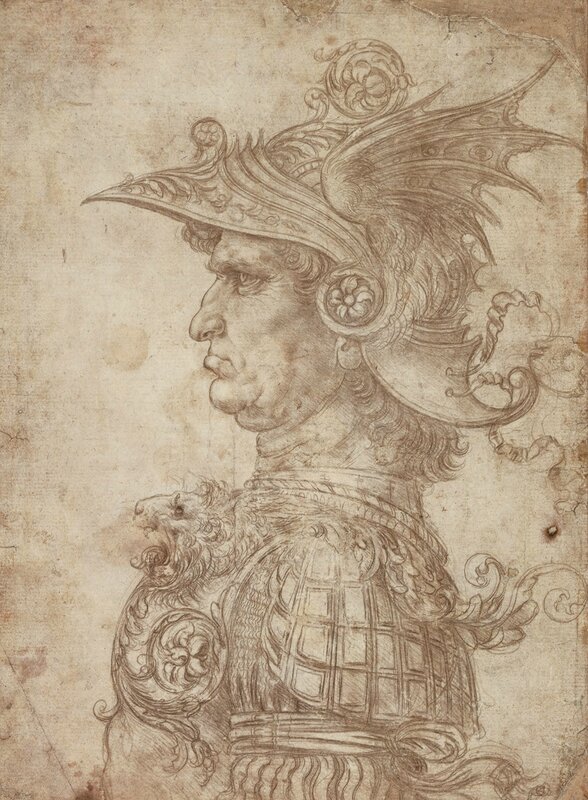
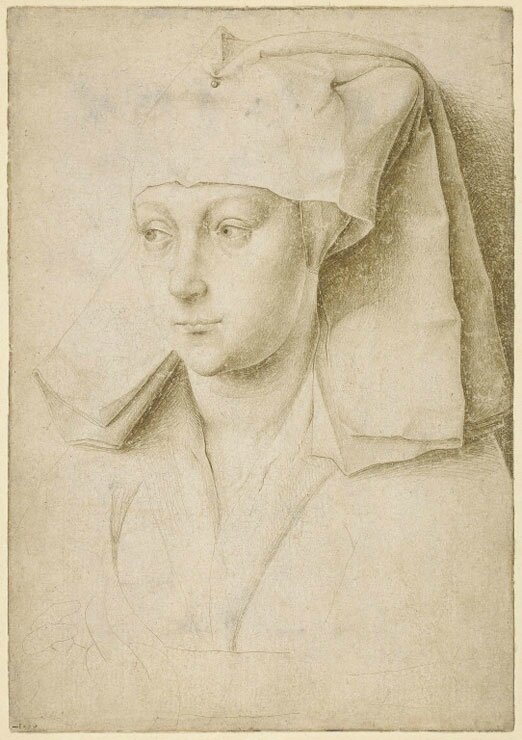
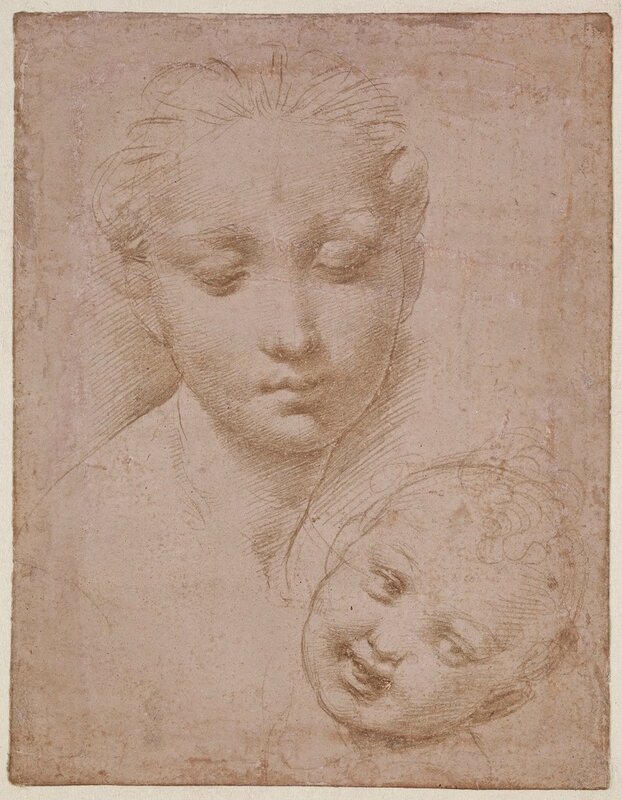
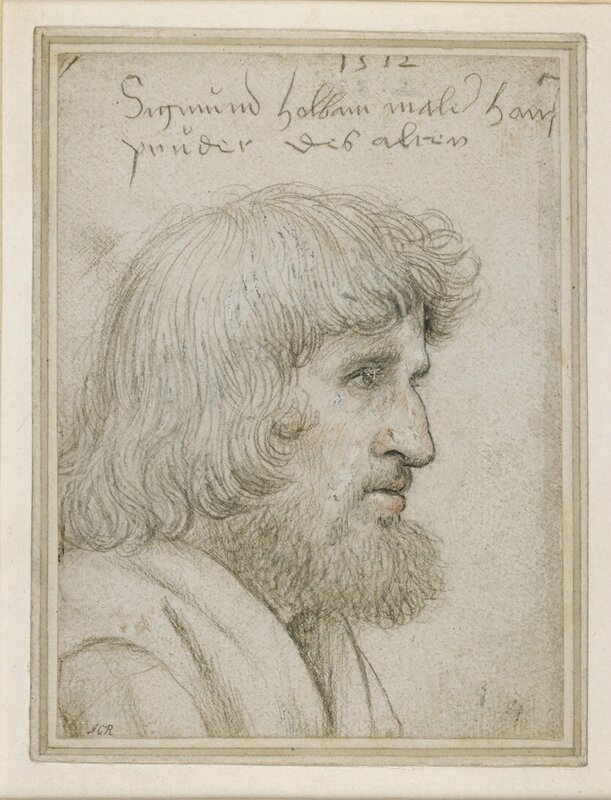
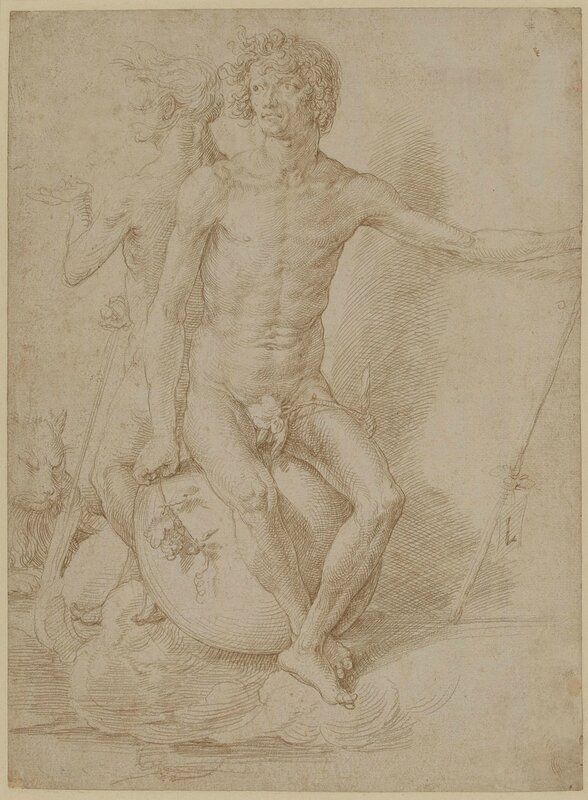



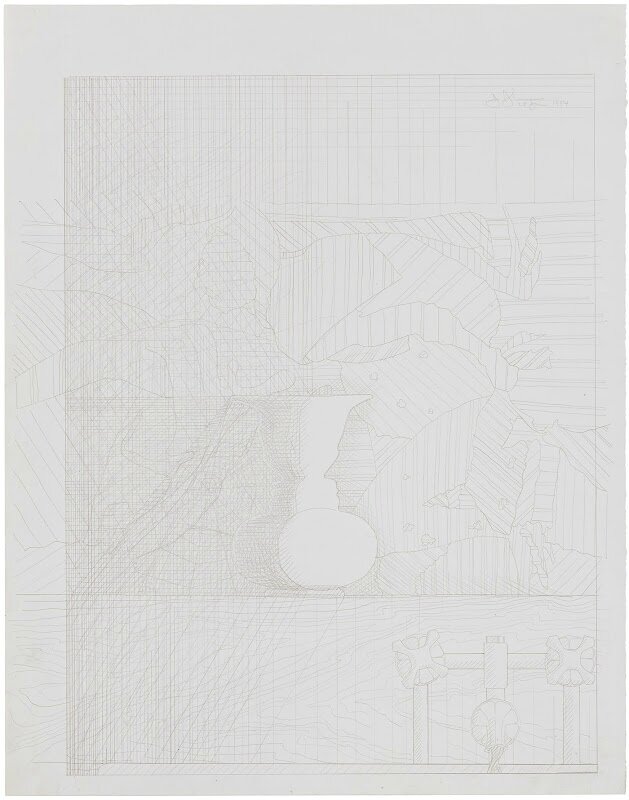



/http%3A%2F%2Fstorage.canalblog.com%2F11%2F20%2F119589%2F127268174_o.jpg)
/http%3A%2F%2Fstorage.canalblog.com%2F98%2F53%2F119589%2F122128977_o.jpg)
/http%3A%2F%2Fstorage.canalblog.com%2F34%2F98%2F119589%2F117635941_o.jpg)
/http%3A%2F%2Fstorage.canalblog.com%2F67%2F43%2F119589%2F112185117_o.jpg)